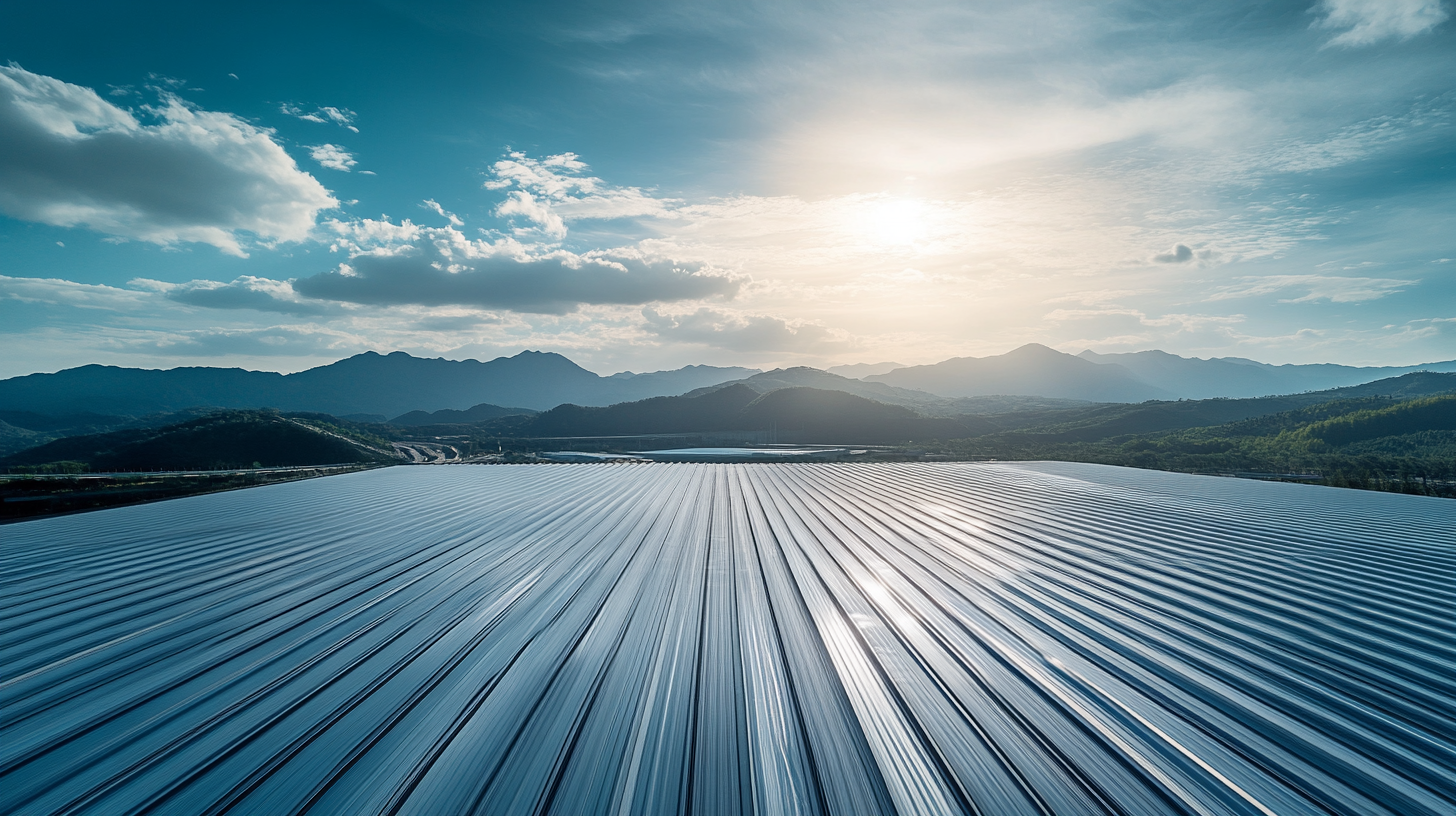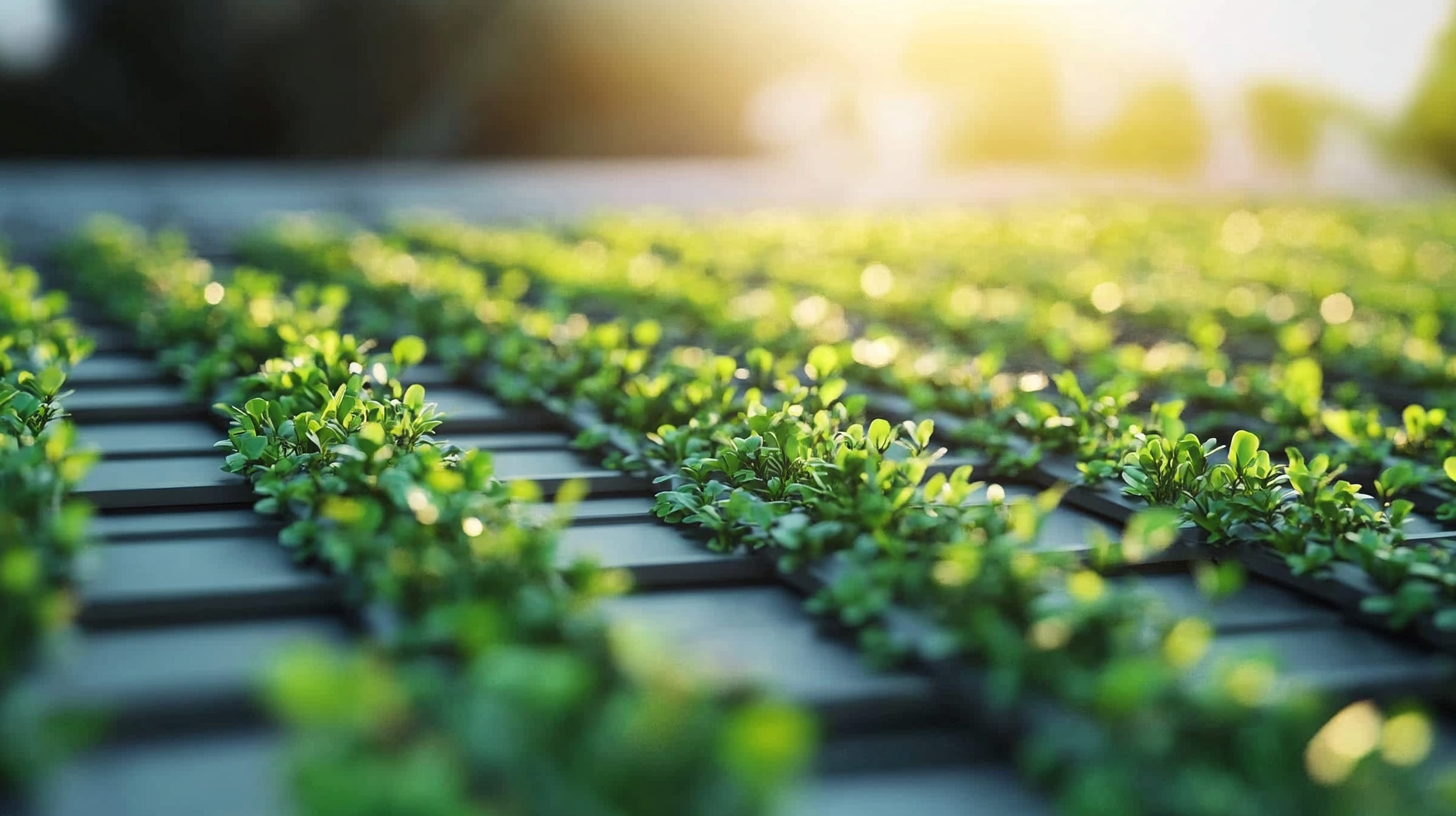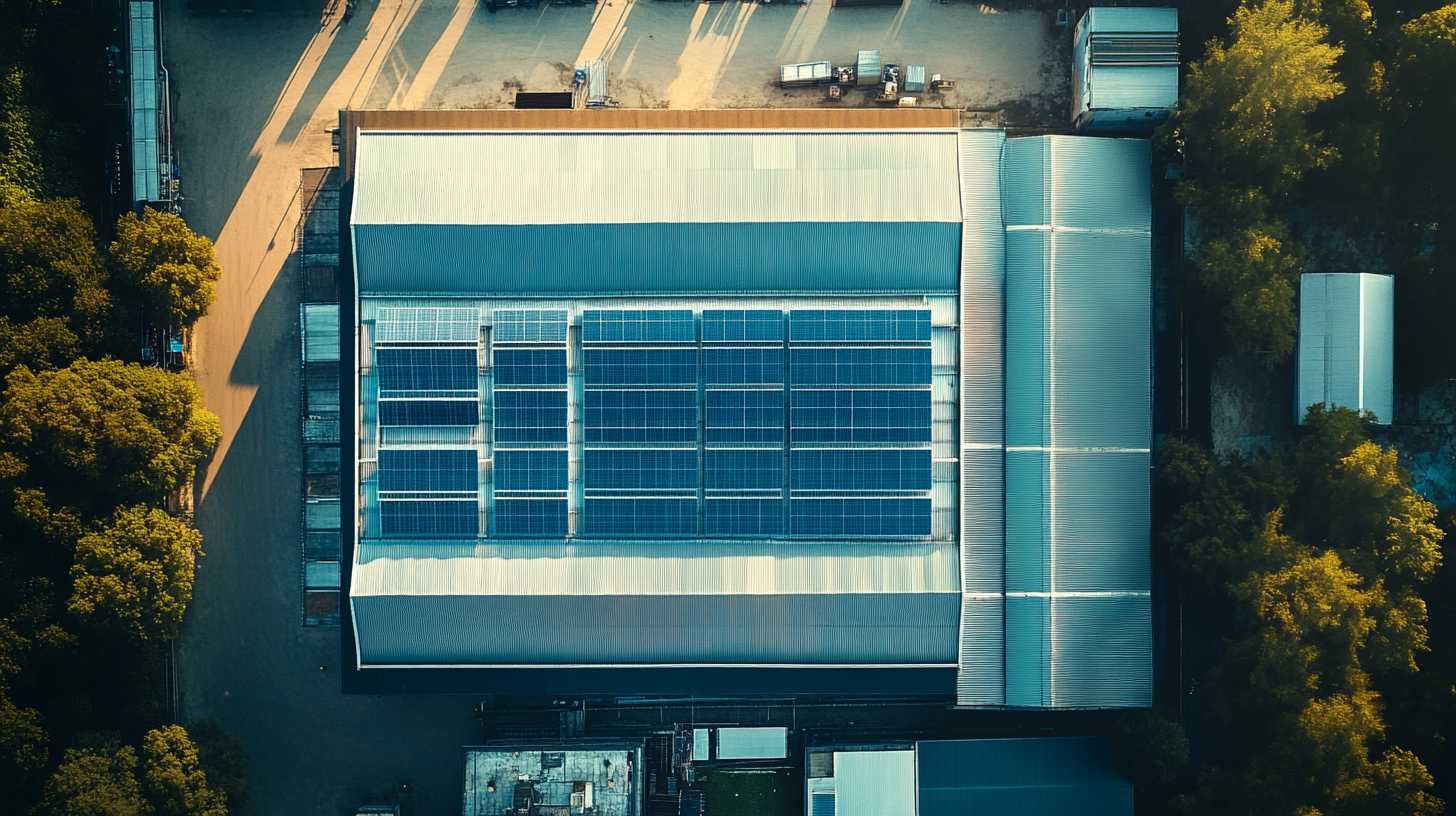
Leave Your Message
-
Phone
-
E-mail
-
Whatsapp

In today's world, where environmental concerns are at the forefront of global discussions, the choice of building materials plays a crucial role in promoting sustainability. One key aspect of construction that deserves attention is the selection of eco-friendly roofing sheets. These innovative materials not only contribute to reducing the ecological footprint of structures but also enhance energy efficiency and overall aesthetic appeal. However, with a plethora of manufacturers claiming to provide sustainable solutions, how does one identify the right eco-friendly roofing sheet manufacturer? This blog will guide you through the essential criteria and considerations for selecting a manufacturer that prioritizes both quality and sustainability, ensuring that your project aligns with your environmental values while meeting your roofing needs. By making informed choices today, we can contribute to a greener tomorrow.

When selecting eco-friendly roofing materials, there are several key characteristics that should influence your decision-making process. First and foremost, sustainability is paramount. Opt for materials that are made from recycled, renewable, or sustainably sourced resources, such as metal or innovative composites that reduce the environmental impact during production. Additionally, consider the long-term durability and maintenance of these materials; products that require minimal upkeep will contribute to a more sustainable building solution over time.
The thermal and energy efficiency of the roofing materials also plays a significant role in their eco-friendliness. Insulating properties can help manage indoor temperatures, reducing energy consumption for heating and cooling. Moreover, look for options that incorporate green roof technology, which not only enhances insulation but also supports biodiversity and rainwater management. Research suggests that specific substrates for green roofs can improve runoff quality and nutrient retention, ultimately benefitting urban landscapes.
Lastly, transparency in manufacturing processes and the availability of third-party certifications can provide an assurance of the eco-claims made by roofing manufacturers. When manufacturers prioritize sustainable practices and use eco-friendly technologies, you can trust that their products will contribute to a greener future. Emphasizing these characteristics will help ensure that you choose the right eco-friendly roofing sheet manufacturer for your project.
| Characteristic | Description | Importance |
|---|---|---|
| Material Sustainability | Use of recycled and renewable materials | Reduces resource depletion and environmental impact |
| Energy Efficiency | Insulation properties that reduce heating and cooling needs | Lowers energy bills and carbon footprint |
| Durability | Resistant to weather, pests, and decay | Ensures longevity and reduces material waste |
| Low Emissions | Minimal harmful emissions during production | Contributes to cleaner air and healthier environments |
| Aesthetics | Variety of styles and colors available | Enhances the appearance of buildings |
When selecting an eco-friendly roofing sheet manufacturer, evaluating their sustainability practices is crucial for ensuring your roofing choice aligns with environmental goals. A comparative life cycle assessment (LCA) conducted in Brazil highlights the differences in environmental impacts between ceramic and concrete roofing materials. Findings indicate that ceramic tiles have a significantly lower impact on climate change, resource depletion, and water withdrawal, making them a more sustainable option. This data emphasizes the necessity of understanding the materials involved in roofing solutions, as well as their broader ecological footprints.
Moreover, an efficient supply chain plays a vital role in sustainability practices within the roofing industry. The integration of procurement, logistics, and manufacturing processes can lead to more sustainable outcomes. Companies that adopt a sustainability scorecard approach seek to measure and improve their environmental performance across the supply chain, thereby enhancing their overall impact. For instance, the implementation of sustainable methods in manufacturing processes, such as those explored in LCA studies, ensures that roofing manufacturers not only produce eco-friendly products but also optimize resources and minimize waste throughout their operations.
When selecting an eco-friendly roofing sheet manufacturer, understanding the various certifications and standards is crucial for ensuring sustainable solutions. Various organizations have established stringent criteria to evaluate the environmental impact of roofing materials. For instance, the Leadership in Energy and Environmental Design (LEED) certification recognizes products that contribute to energy efficiency and resource conservation in commercial and residential buildings. According to the U.S. Green Building Council, buildings certified under LEED can achieve up to 30% improved energy efficiency compared to standard buildings.
Additionally, manufacturers may obtain certifications such as the Forest Stewardship Council (FSC) accreditation, indicating that their products are made from wood sourced from sustainably managed forests. Research by the National Association of Home Builders suggests that homes utilizing FSC-certified materials can enhance their marketability, as environmentally conscious consumers are increasingly seeking out green building options. Furthermore, manufacturers adhering to ISO 14001 standards demonstrate commitment to effective environmental management systems, which assess and improve a company’s environmental impact continuously.
Choosing a manufacturer with these certifications not only guarantees compliance with industry standards but also promotes a commitment to sustainability that aligns with global efforts to combat climate change and protect natural resources. As the demand for eco-friendly roofing solutions grows, being informed about these certifications will empower consumers and builders to make responsible choices.

When selecting eco-friendly roofing sheets, a critical consideration is the balance between cost and long-term benefits. While the initial investment in sustainable roofing materials may be higher, the long-term advantages often outweigh the upfront expenses. For instance, products made from recycled materials or those designed with energy efficiency in mind can significantly reduce heating and cooling costs over time. Homeowners focusing solely on the immediate price may overlook these longevity benefits, including reduced maintenance needs and improved property resale value.
Moreover, sustainable roofing sheets contribute to environmental conservation by minimizing landfill waste and reducing carbon footprints. Choosing durable materials means fewer replacements are needed throughout the lifespan of the roof, which not only saves money but also supports sustainable practices. By conducting a comparative analysis of different manufacturers’ offerings, one can determine which eco-friendly options provide the best return on investment. Ultimately, opting for a slightly pricier, high-quality eco-friendly roofing solution can lead to substantial savings and environmental benefits in the years ahead.

When selecting the right eco-friendly roofing sheet manufacturer, customer reviews and case studies become invaluable resources that can guide your decision-making process. Engaging with real experiences shared by customers often helps in identifying manufacturers who truly prioritize sustainability in their practices. Look for testimonials that detail not only the quality of the roofing sheets but also the overall customer experience—from the initial consultation to the installation process. Such insights can provide a clearer picture of what to expect and help you avoid potential pitfalls.
Additionally, studying case studies can highlight how certain manufacturers have successfully implemented eco-friendly practices in their operations. These documents may showcase innovative solutions that align with sustainable construction goals, giving you a clearer understanding of the manufacturer’s capabilities. Analyzing past projects will inform you on the types of materials used, durability, and even the ecological impact of various roofing options. Consequently, leveraging customer reviews and case studies can lead to a more informed choice, ensuring that your investment supports the mission of sustainable development.